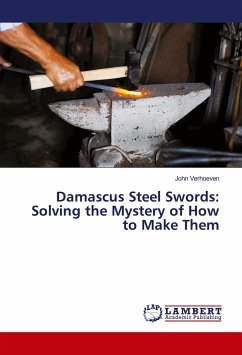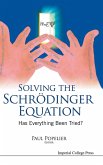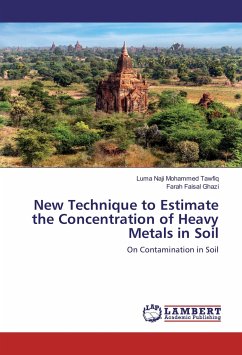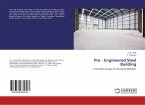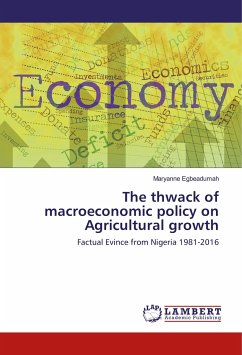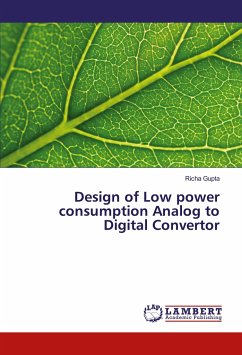Visit the arms and armor section of a large museum and you will most likely be able to view Damascus steel swords that display an attractive surface pattern. These swords were superior to western swords. After around 1850 no one knew how to make one of these swords in spite of efforts by western and eastern smiths and scientists to reproduce them. This mystery was intriguing to metallurgists like the auther himself and he began reading about them and doing experiments to try to solve the mystery in the mid-1980s. His initial efforts were not successful, but they led to a collaboration with master bladesmith Al Pendray of Williston Florida. They became friends and worked together communicating and visiting between Iowa and Florida. This book tells the story of their work together over the 10-year period it took them to figure out how to reproduce these blades. Al was able to successfully produce swords and knives that match both the internal structure and surface patterns of the best museum quality Damascus swords. And they have developed a reasonable theory on how and why the patterns form on these blades during the forging process.

